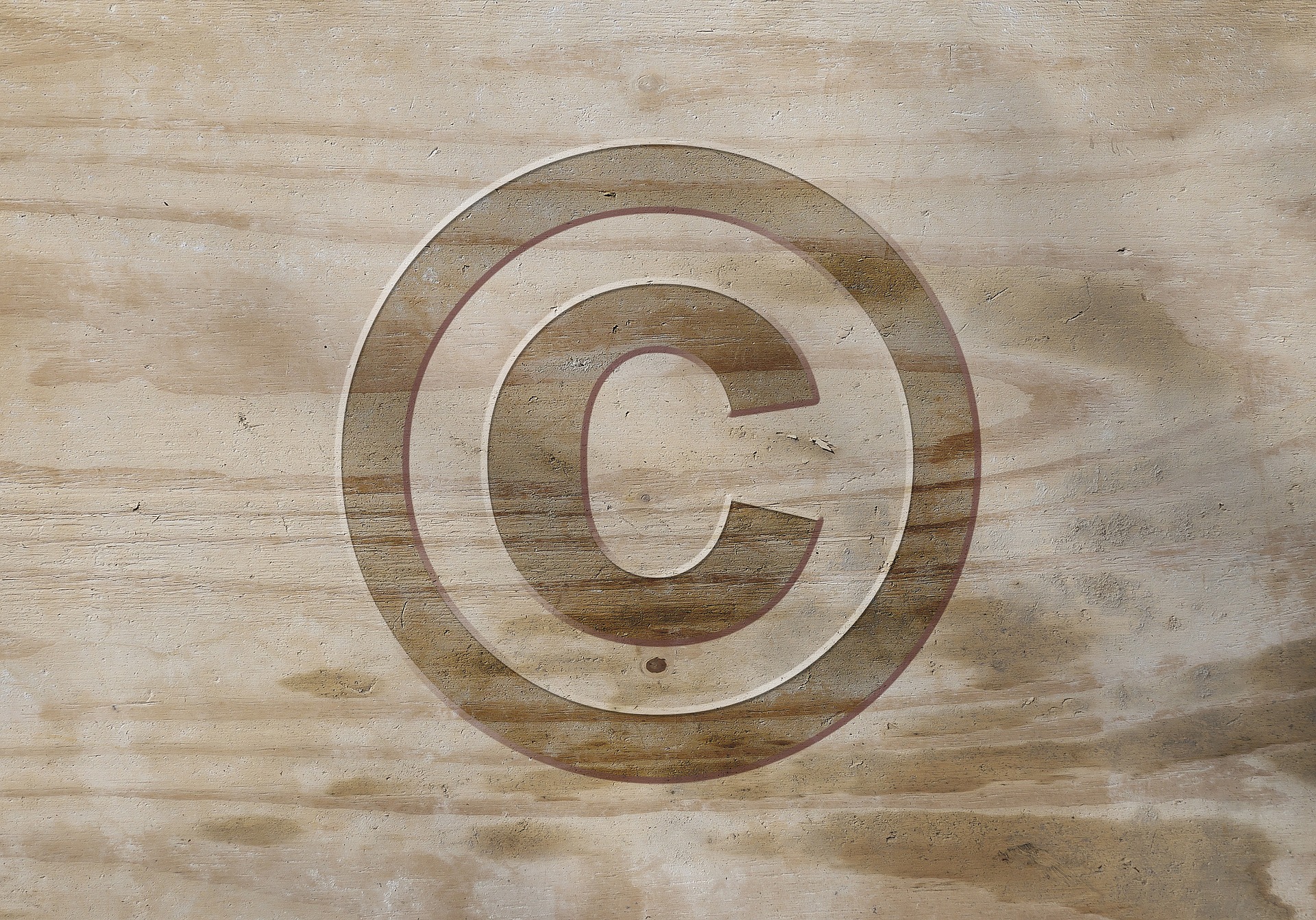 Copyright, patent and trademark are all different types of intellectual property (IP). The three types of IP are very different, but people often confuse them. A brief description of copyright, patents and trademarks, including a brief discussion of how these forms of IP differ from copyright is provided below.
Copyright, patent and trademark are all different types of intellectual property (IP). The three types of IP are very different, but people often confuse them. A brief description of copyright, patents and trademarks, including a brief discussion of how these forms of IP differ from copyright is provided below.
Copyright
A copyright is essentially a collection of rights that are automatically vested to you once you have created an original work. There are a number of separate elements to these rights, including: the right to reproduce the work; to prepare derivative works; to distribute copies; to perform the work publicly; to display the work publicly.
As the copyright owner, you have the authority to withhold every aspect of this copyright, or to transfer them individually to one or more people, or to transfer them all collectively to one or more people. Using a copyright solicitor, this can be accomplished by licensing and assigning, as well as other forms of transfers. The power of copyright allows the copyright owner to choose the way in which the work is made available to the public.
The primary reason for obtaining copyright is that unregistered works may be difficult to prove in the case that someone else uses or steals your work.
An example of what would come under copyright includes: logos, illustrations, blog posts, websites, articles, advertising copy, photographs—however you cannot copyright names, individual words or simple phrases.
Patent
A patent is a granted property right to the creator(s) of a new, unique and useful invention or process. There are three main types of patents: utility, design and plant, and are used to allow the creator to bar others from making, using or selling your invention. A patent means the inventions and any related processes cannot be copied, made or sold unless permission is given by the inventor.
Examples of a patent is the design of the iPhone; the lightbulb; and BlueTooth data transferring technology.
Trademark
In short, a trademark can be a phrase, word or design, or all three, that describes what your company does or sells. Having a trademark can help separate you from your competitors and is often interlinked with branding for that reason. Receiving a trademark means that competitors cannot register the same, or a deceptively similar, trademark in the same class of goods or services.
Registration creates a public record of ownership, and it allows the use of the ® symbol, proving legitimacy and to ward off counterfeiters. Obtaining a trademark also allows the registration of the trademark in other countries.
There is rarely an overlap between trademark and copyright law, but it can happen; for instance, when a graphic illustration is used as a logo the design may be protected both under copyright and trademark.
Trademark applications, copyright, design and data are vital business assets, and our team of copyright solicitors can help you protect them. If you believe that your copyrights have been infringed, we can also advise you of your rights and work on your behalf to resolve the matter.
Speak to one of our expert copyright solicitors today about licensing or infringement of copyright by visiting our contact page here.
